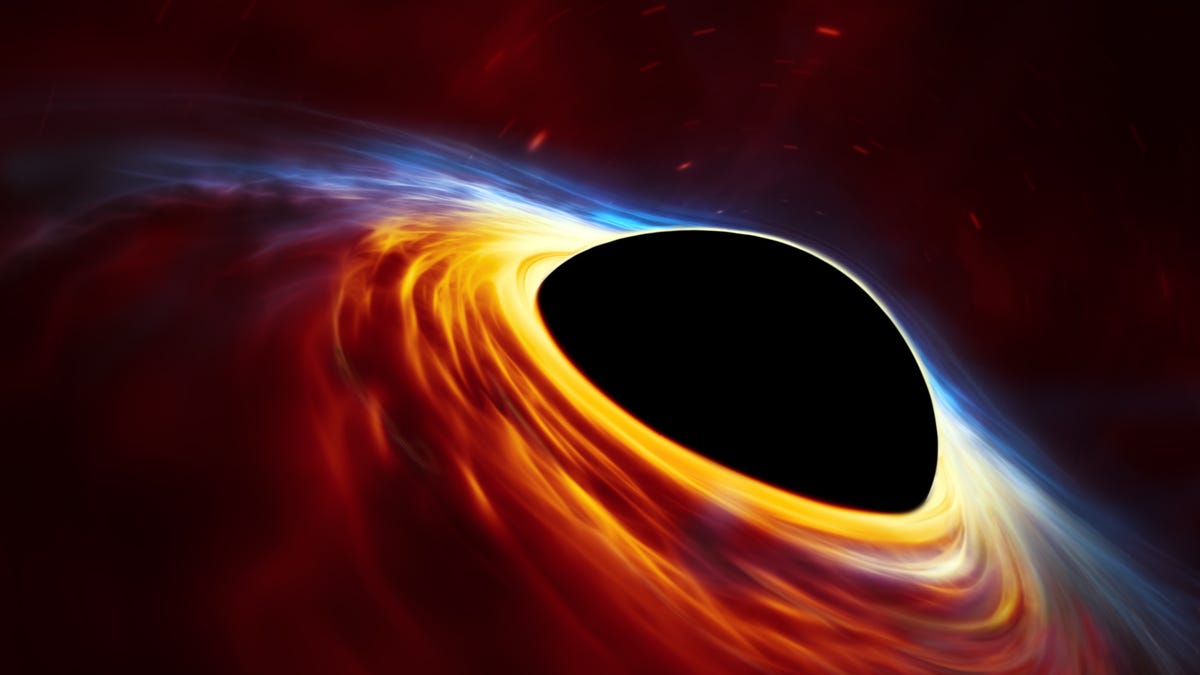Watch where you warp: Our galaxy is full of black holes
The Milky Way is shaping up to be a very dangerous place for travel. New research finds our cosmic neighborhood is dotted with black holes.

This artist's impression depicts a rapidly spinning supermassive black hole making lunch of a nearby star.
If we ever get to the point where we're able to warp Star Trek-style around the galaxy, we'll have to be especially careful of getting sucked into one of the many millions of black holes in the Milky Way.
You might think of the mysterious objects and their mind-bendingly strong gravity as rare, but new research finds there could be as many as 100 million black holes in our galaxy alone.
"We were able to work out how many big black holes should exist, and it ended up being in the millions – many more than I anticipated," said James Bullock, a professor of physics and astronomy at the University of California, Irvine, in a release. Bullock is co-author of a research paper published on Aug. 2 in Monthly Notices of the Royal Astronomical Society.
Bullock says the cosmic inventory of the destructive objects grew out of an investigation in to the "weirdness" of the discovery of gravitational waves, which are ripples in the fabric of time and space caused by the collision of black holes. Such waves were measured two years ago by scientists at the Laser Interferometer Gravitational-Wave Observatory (LIGO), a century after Albert Einstein described them in his General Theory of Relativity.
"Fundamentally, the detection of gravitational waves was a huge deal," Bullock said. "But then we looked closer at the astrophysics of the actual result, a merger of two 30-solar-mass black holes. That was simply astounding and had us asking, 'How common are black holes of this size, and how often do they merge?'"
Many black holes are believed to be the result of the collapse of stars at the end of their lives. Based on what is known about star formation, population and distribution, the researchers were able to infer how many of the powerful cosmic suckers should exist. But they also went further and attempted to determine how often black hole collisions that can be detected on Earth as gravitational waves occur.
They expect that more such shock waves from another black hole collision will be detected within a few years.
That's great news for the LIGO team, but not so much for all you aspiring galactic pioneers hoping for endless smooth sailing in your future starship.
Technically Literate: Original works of short fiction with unique perspectives on tech, exclusively on CNET.
Crowd Control: A crowdsourced science fiction novel written by CNET readers.

